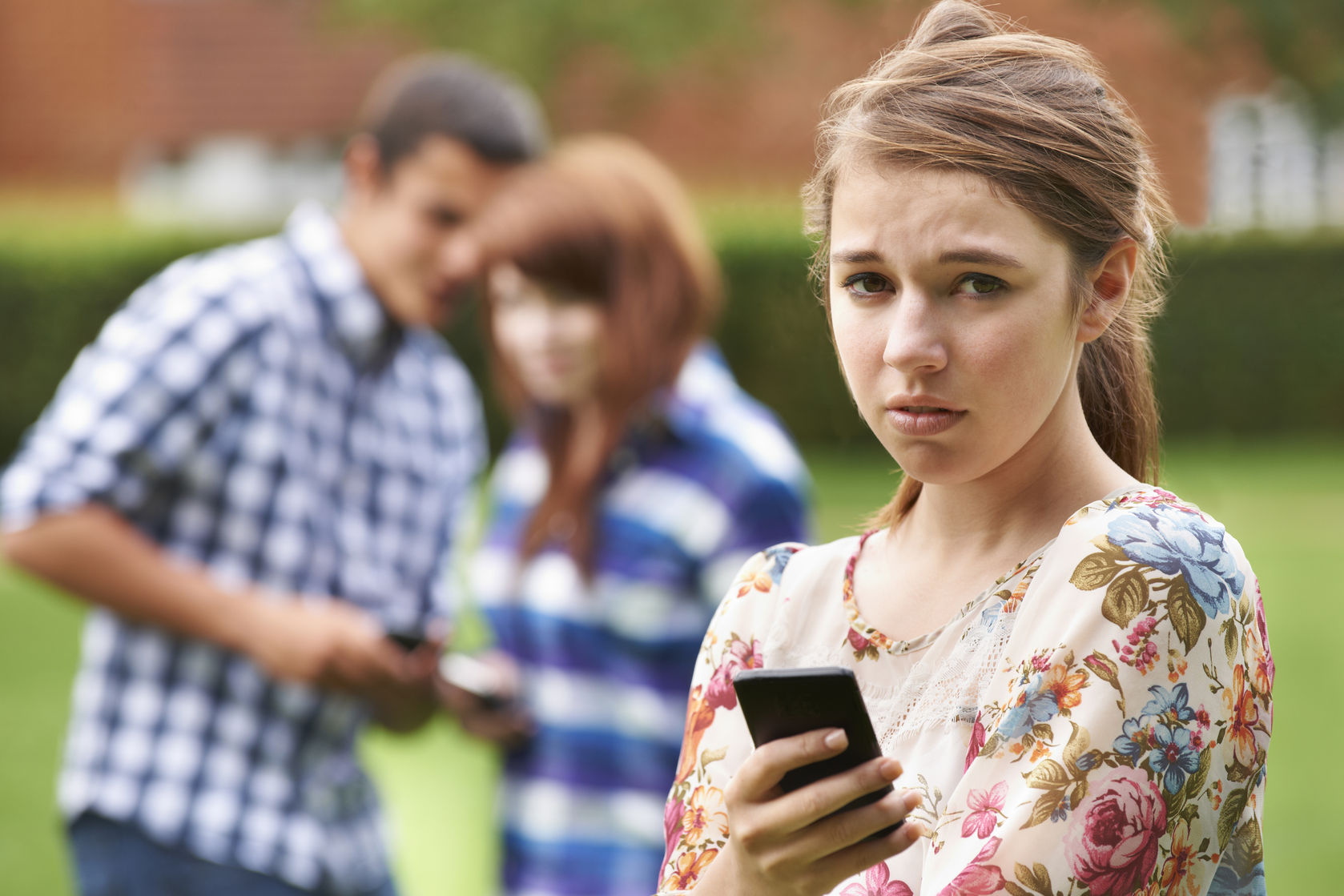What Is Cyberbullying?
Cyberbullying can happen at any age, in any community, at any time. Each instance should be taken seriously by parents and caregivers, as even the instances of cyberbullying that seem harmless can have a significant impact on children and teens mental and physical health.

What is Cyberbullying?
RUMORS, EMBARRASSING PICTURES, HARASSING MESSAGES, FAKE PROFILES, AND OTHER AGGRESSIVE BEHAVIOR CREATED THROUGH A VARIETY OF DIGITAL PLATFORMS. EXAMPLES INCLUDE:
Text Messages
Emails
Social Media
Video Games
Websites
Online chats
Understanding Cyberbullying
Like bullying, cyberbullying can take many forms, but all instances of cyberbullying involve repeated, aggressive behavior online or on a digital platform. Both kids who are bullied and those who bully others may develop harmful or serious lasting problems.
To combat cyberbullying, kids need the following from their parents or caregivers:
- A trusted relationship with open dialogue
- Online monitoring
- Online safety education
- Direction on how to respond when cyberbullying happens
- Other advocates in their life who may be able to intervene

SIGNS OF CYBERBULLYING
Many of the warning signs of cyberbullying happen around a child’s use of their device. Your child may be involved in cyberbullying if they display:
- Noticeable increases or decreases in device use, including texting.
- A child exhibits emotional responses (laughter, anger, upset) to what is happening on their device.
- A child hides their screen or device when others are near, and avoids discussion about what they are doing on their device.
- Social media accounts are shut down or new ones appear.
- A child starts to avoid social situations, even those that were enjoyed in the past.
- A child becomes withdrawn or depressed, or loses interest in people and activities.
WHAT TO TEACH YOUR KIDS TO PREVENT CYBERBULLYING
It’s important to teach the adolescents in our care to respect others online and know how to respond if they become the victim of cyberbullying.
- Never respond to harassing or rude comments.
- Save or print the evidence.
- Talk to your parents or guardian if you are harassed; get help reporting this to your ISP, school, or local law enforcement.
- Respect others online.
- Only share your password with your parent or guardian.
- Change your passwords often.
- Password protect your cell phone.
- Use privacy settings to block unwanted messages.
- Think before posting or sending photos – they could be used to hurt you.
- Contact the site administrator if someone creates a social networking page in your name.

More Tips on the Parenting Resource Center

How to create healthy household boundaries with technology and social media.



8 ways to Protect Kids Mental Health With Social Media Use



How to create healthy household boundaries with technology and social media.



8 ways to Protect Kids Mental Health With Social Media Use
References & Sources
- What is Cyberbullying? HTTPS://WWW.STOPBULLYING.GOV/CYBERBULLYING/WHAT-IS-IT/INDEX.HTML
The abuse may be brief, but the trauma lasts a lifetime.
Kids’ lives and futures are on the line!
Be the voice against neglect and contribute to end child maltreatment today.
Positive Parenting Support,
At the click of a button.
Previous Section
Parenting Resource Center
What Is Cyberbullying?
Next Section

